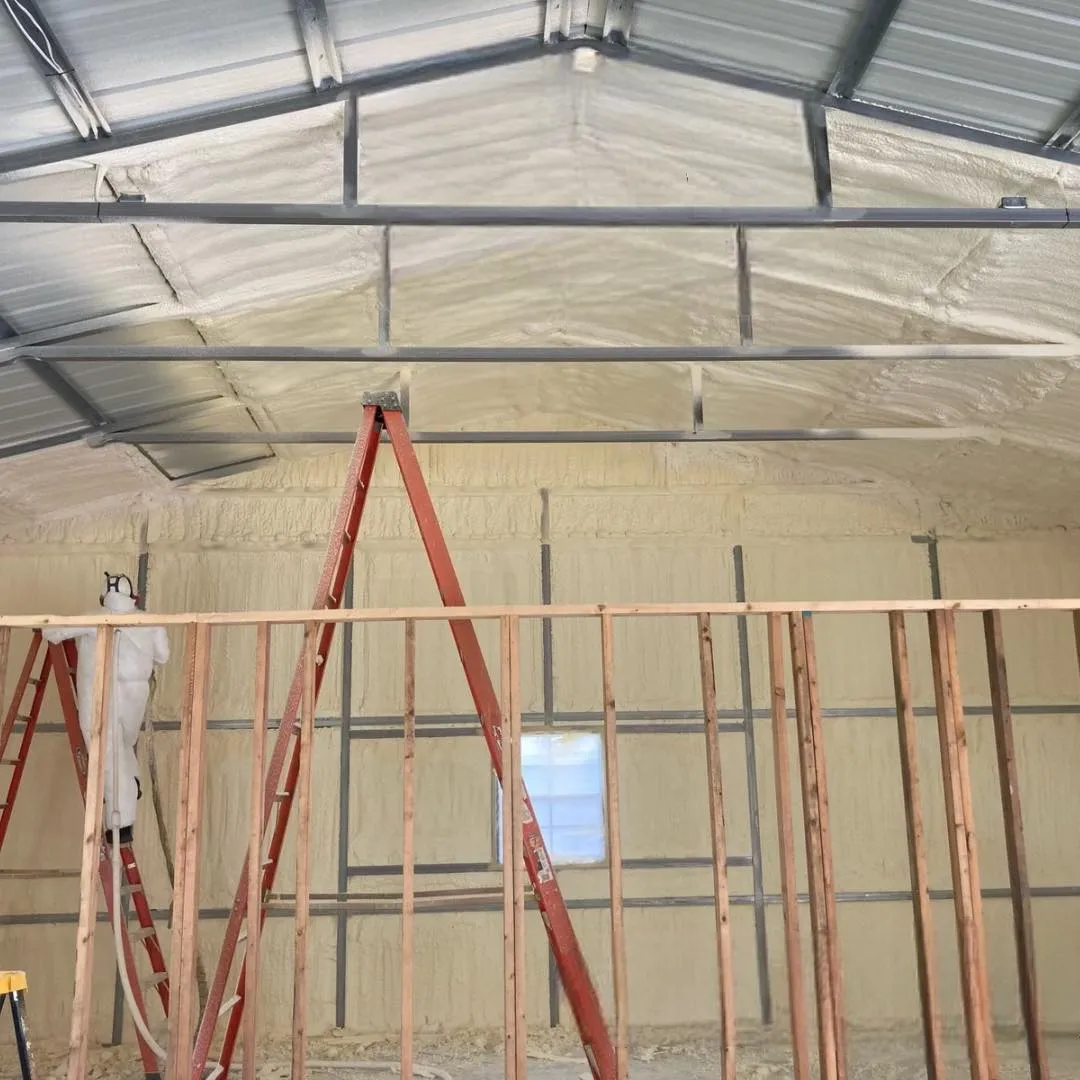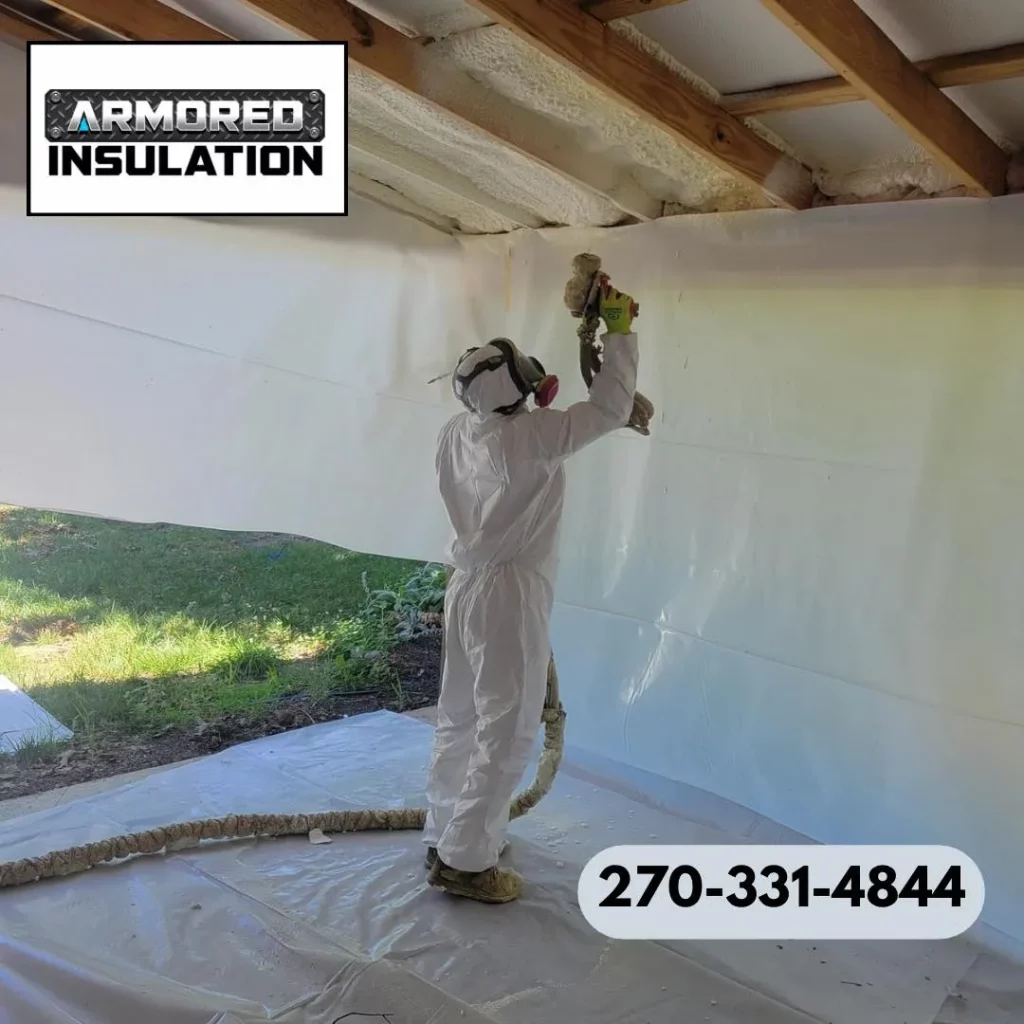
Insulation cuts down on energy loss in homes, which directly lowers heating and cooling bills. In Clarksville, where summers bring high humidity and winters drop temperatures below freezing, proper insulation keeps indoor temperatures stable without overworking HVAC systems. Homeowners see average annual savings of 10-20% on utility costs after installation, based on local conditions.
This article breaks down the mechanics of insulation, local factors in Clarksville, and steps to evaluate options. Readers gain practical knowledge to assess their homes and make informed choices. Based on our experience with local projects, Armored Insulation highlights reliable approaches that address real energy challenges.
Clarksville residents face steady increases in electricity rates, driven by demand from nearby military bases and growing suburbs. The average household spends about $1,500 yearly on energy, with heating and cooling accounting for over half. A report from the U.S. Energy Information Administration indicates Tennessee electricity prices rose 5% in 2022, outpacing national averages due to natural gas fluctuations.
Local weather adds pressure. Clarksville’s climate mixes hot, humid summers averaging 90°F and cold winters dipping to 25°F. These swings force constant HVAC use, spiking bills. Data from the National Oceanic and Atmospheric Administration shows the area experiences 50-60 heating degree days annually, pushing reliance on gas or electric heat.
Insulation materials trap air pockets that resist heat flow. Fiberglass batts, spray foam, and cellulose fill walls, attics, and floors to block conduction, convection, and radiation. In practice, adding R-30 attic insulation in a typical Clarksville home reduces heat escape by 25%, easing furnace strain during January chills.
Different types suit various spots. Batts work well for accessible areas like attics, while spray foam seals gaps in basements prone to Tennessee’s damp soil. These choices prevent moisture buildup, a common issue here that can degrade uninsulated structures over time.
Before insulating, check for air leaks around windows and doors; sealing them first boosts overall efficiency by up to 15%, as seen in multiple Clarksville retrofits.
In Clarksville’s variable climate, insulation stabilizes indoor air, cutting cooling needs in July’s 80% humidity. Homes with adequate coverage use 15% less electricity for AC, according to the U.S. Department of Energy. This shift eases budget strain as rates climb.
Beyond savings, insulation improves comfort. Drafts vanish, and noise from I-24 traffic drops. Long-term, it protects against mold in humid conditions, extending home lifespan.
| Insulation Type | R-Value per Inch | Best Use in Clarksville | Estimated Annual Savings |
|---|---|---|---|
| Fiberglass Batts | 2.9-3.8 | Attics and walls | $150-250 |
| Spray Foam (Closed-Cell) | 6.0-7.0 | Basements and rim joists | $200-350 |
| Cellulose (Blown-In) | 3.1-3.7 | Walls and attics | $100-200 |
This table draws from regional installs, showing how higher R-values yield better results against local temperature extremes.
Tennessee’s building codes require minimum R-38 in attics for new construction, but many older Clarksville homes from the 1970s fall short at R-19. Upgrading matches the area’s 2,000 annual cooling degree days, reducing AC runtime. Focus on crawl spaces too, as clay soils retain moisture, leading to 10% higher energy use if uninsulated.
Local incentives help. The Tennessee Valley Authority offers rebates up to $1,000 for efficient upgrades, tying into federal tax credits. These programs target the region’s mix of electric and gas users.
During humid Clarksville summers, pair insulation with dehumidifiers in basements to maintain 50% indoor humidity, preventing energy waste from overcooling.

Assess current insulation levels with a simple audit: Feel for drafts or use an infrared camera to spot cold spots. Factor in home age; pre-1980 structures often lack vapor barriers suited to Tennessee’s moisture.
Budget plays a role. Initial costs range $1,000-$5,000, but payback comes in 3-5 years through lower bills. Weigh DIY versus professional work—gaps from improper install can negate benefits. Consider future plans: Selling soon? Basic upgrades add value; staying long-term? Opt for durable materials.
Energy audits from utilities reveal personalized savings potential, guiding choices without guesswork.
Yes, it balances both heating and cooling loads, with greater impact in winter due to larger temperature gaps.
Fiberglass should be dusted every few years and inspected for settling. Spray foam needs little upkeep but check seals annually to ensure performance.
Quality materials avoid off-gassing issues, and proper installation prevents allergen traps in damp areas.
Test attic ventilation alongside insulation; poor airflow in Clarksville attics can trap heat, reducing effectiveness by 20%—add ridge vents if needed.
Yes, as mentioned in the guidance section, programs from the Tennessee Valley Authority provide up to $500 for attic insulation and $300 for walls, based on energy audits. These stack with federal incentives for total savings on upfront costs.
Most types endure 20-50 years. Cellulose and foam resist settling in moisture, but inspect every 5 years for compression in high-traffic areas.
It absorbs sound effectively. Adding it to exterior walls cuts highway noise by 5-10 decibels, creating quieter interiors without extra windows.
Possible for attics, but hire pros for walls to avoid asbestos risks in pre-1980 Clarksville houses. Training ensures code compliance.
Aim for R-49 in attics and R-13 in walls to handle 20°F lows, per DOE guidelines tailored to Zone 4 climate, building on the recommendations in the mechanics section.
Insulation directly tackles rising energy costs by minimizing waste in Clarksville’s demanding weather. Upgrades deliver steady savings, better comfort, and home protection. Evaluate home specifics, audit current setup, and align with long-term plans to maximize benefits.
Homeowners ready to explore options contact Armored Insulation at [email protected] or (270) 331-4844 for guidance on local assessments. These discussions clarify fit for individual properties, focusing on practical reductions in utility stress.